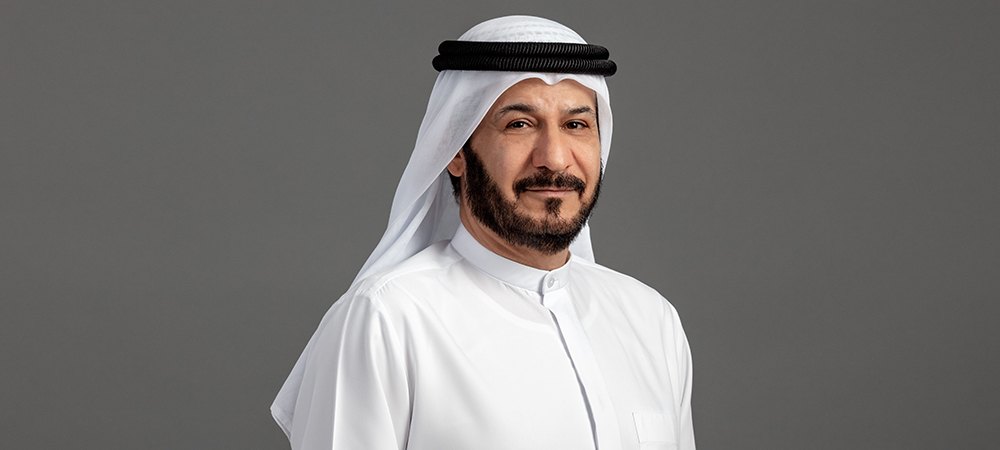Dubai’s Emirates Airline is a US$29 billion entity that leverages 250+ aircraft and the latest technologies to deliver exceptional passenger experience. The airline carried close to 45 million passengers, as mentioned in its last reported figures, and travels to 140+ global destinations.
While technologies are available for all global airlines, what sets Emirates apart is the care taken to select and adopt the technology that suits its passengers the best. Another driving factor is the alignment between the organisational culture and the vision of the country’s leadership.
“We set the bar high for ourselves and the team and we work towards that direction,” says Adel Al Redha, Chief Operating Officer at Emirates.
Innovation hub
For the Emirates Group, the idea of an innovation hub surfaced post Expo 2020, by reusing the built-up Emirates pavilion that was already on-site. The innovation hub, now named as Ebdaa would be the centre of innovation, creativity, and sustainable energy, fuelling the development of advanced technologies.
The Emirates team relooked at the pavilion and assigned separate areas to various technologies. Today Ebdaa is focused on hardware that is primarily robotics, software applications that is primarily immersive and extended reality experiences, and collaboration with industry entities.
“How we can we bring the youth, young students, young employees, interact with universities, for the development of ideas to make it practical,” explains Al Redha. “It is an initiative that helps the community that helps the aviation sector to really work with ideas that can reduce emission,” for example.
Ebdaa is a template to build on that is based on the vision of the country’s leadership. “We want to export this initiative from Dubai. This centre is not only for Emirates. It is an open platform to work with, where every entity has something to offer about improving efficiency, sustainability, deploying technology. So that is what the centre is about,” continues Al Redha.
While Ebdaa is purely an Emirates innovation hub, it is accessible to technology suppliers and technology startups. It is meant to be a platform where people are openly discussing and interacting with technology, for universities to connect with for research, and to convert ideas into practical applications.
One of the leading-edge innovations under development at Ebdaa is the recognition of sign language by robots and the conversion into speech or text. Another futuristic prototype being developed on the drawing board is the usage of hydrogen to support future aircraft.
While being a centre of innovation for the youth and the industry community, Al Redha also emphasizes on the need for the idea to be workable. “Any idea will need to be sustainable, must be supported, and must be workable Not every idea is eventually going to come into implementation. But at least, it is a place where we are given opportunities to discuss these thoughts and see which one is going to make it real deep.”
Another example of the lead that Emirates is taking versus other airlines, by leveraging the most optimum and available technologies, is the usage of extended reality and immersive experiences, for the induction training of the air crew and onboarding of new employees into the Emirates Group.
Under development is the added haptic experience that the aircrew will have of lifting heavy versus light objects, hot versus cold surfaces, pulling out a galley trolley. This gives them a true feel of the working experience.
By going through these immersive experiences beforehand, the onboarding time of the crew and other employees is reduced, helping them to get productive in a shorter duration of time.
“This is the immersive technology that we are planning to use for our cabin crew in the future where we are demonstrating augmented immersive reality. This where we are going to really deploy technology,” says Al Redha.
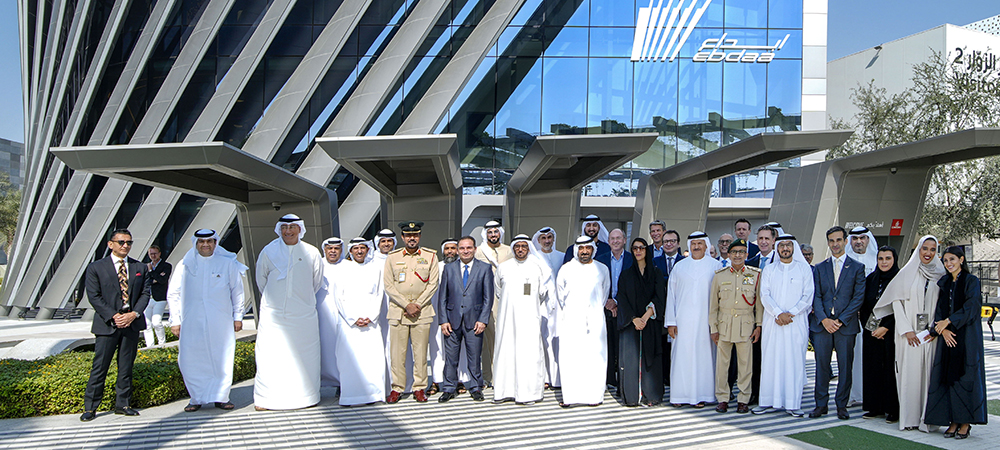
Selection of technologies
For Emirates, it is not a matter of selection of a single technology for a single purpose, it is multiple considerations. Technologies need to be considered for their cost, duration of time, and their abilities. New technologies need to be able to deliver in fraction of time, with same functionality and lower cost.
The introduction of extended reality for air crew training and onboarding of new employees helps to make them more comfortable and familiar with their workplace when they join, in the same amount of time or less.
To boost the benefits from these new technologies, Emirates is also introducing artificial intelligence with its extended reality applications. This will help to better analyse customer data and help to further enhance customer experience.
One of the most innovative and disruptive usages of technology by Emirates is development of its touchless, walk-through experience for passengers at the airport. Scheduled for launch sometime in 2024, passengers will walk through a special corridor path for immigration and other clearances. Passengers walk-though and their physical appearance is verified against stored data in an efficient and seamless manner.
“Adopting this kind of thing, came through collaboration between us and the various teams and various suppliers, and taking an idea and trying to see how we can transform it into reality,” says Al Redha.
Al Redha also points out that these initiatives by Emirates are aligned with the guiding vision of the country’s leadership, where the objective is for all services to be customer oriented.
“To provide seamless, fast, quick responses and transactions, we are trying to really enhance that level. We are trying to minimise the interactions, make it more dependent on the passenger, but not lose the human touch,” Al Redha explains.
Emirates has built its exceptional airport and travel passenger experience on the basis of careful selection and evaluation of technologies.
“We evaluate technology, we evaluate the application, and we evaluate its return. If return is not there for the customer, we will not adopt the technology just for the sake of adopting technology,” points out Al Redha. “It has to give the airline the benefit, it has to give the customer the benefit, and it has to be efficient.”
If a technology is simple to use and reliable in terms of its performance, passengers will have confidence in its usage, will use it often, and generate benefits for themselves and Emirates. “That is the kind of thing we are looking at,” says Al Redha.
Successful implementation of technology by Emirates helps boost customer benefits and drives positive levels of customer experience. But for Emirates, successful implementation of a technology has one very important return. And that is less employees required to serve the passenger.
So instead of having a hundred employees for the task, for example, successful implementation of a technology may reduce that number by 50% allowing the remaining to be upskilled for the next level of upcoming passenger engagement.
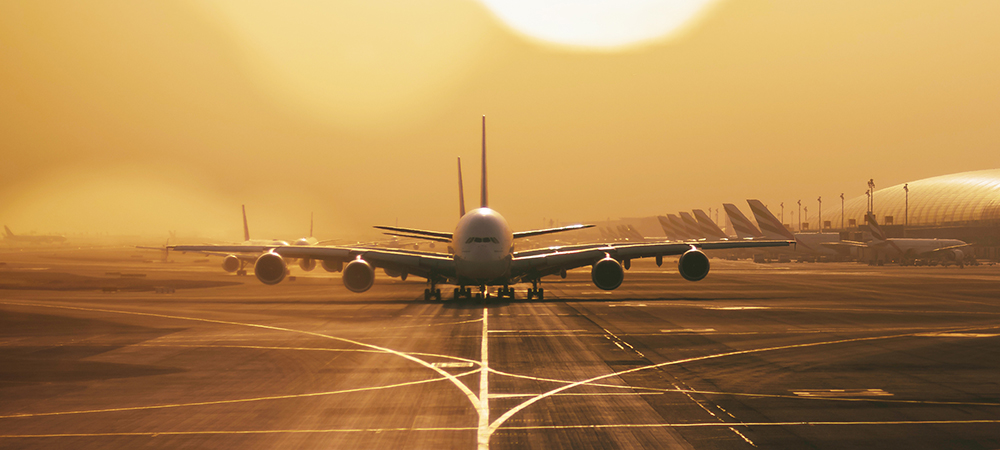
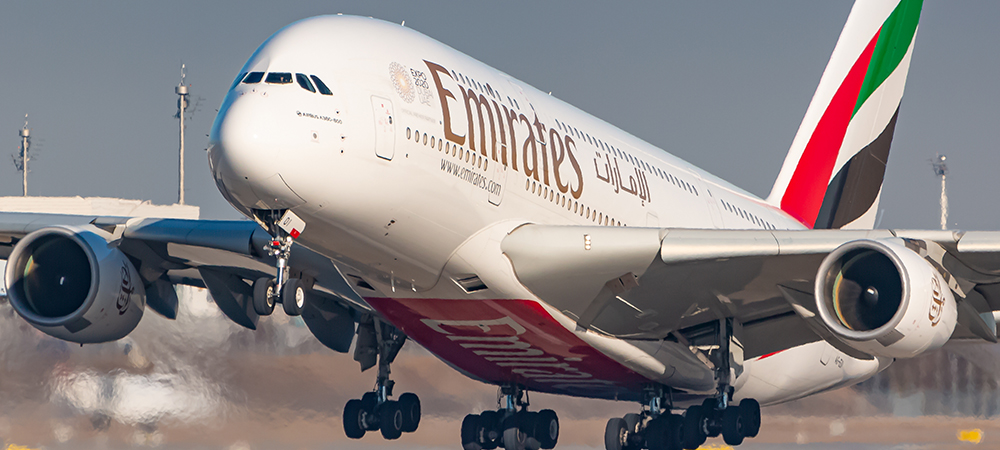
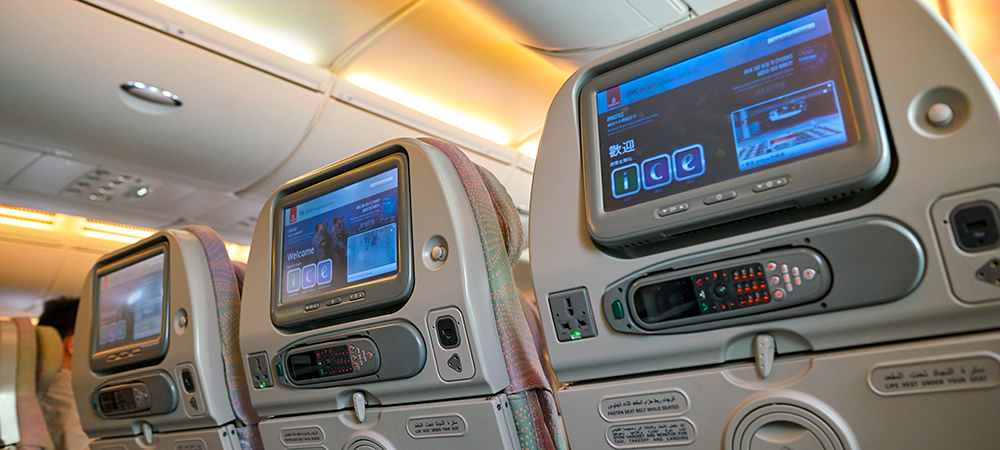
Performance challenges
Large scale infusion of technology has its risks as well. The most visible ones are when technology fails and passenger operations are disrupted. The other challenge that is more prevalent is from cybersecurity threat actors.
“This is not just a challenge faced by Emirates, it is a challenge faced by the industry,” points out Al Redha.
Another challenge is the increasing pace of technology refresh that started accelerating with digital platforms, first with the cloud and now Artificial Intelligence.
Typically, change management of an organisation and implementation of technology and migration and switch over by business users is a drawn out process. The evolving pace of technology cycles usually means that by the time such an implementation is completed, the next refresh cycle has already arrived.
“Technology companies need to make applications more reliable, more robust and more secure,” says Al Redha.
Emirates is also working with aircraft manufacturers to innovate more for better passenger experience. Emirates was one of the first airlines to introduce in-flight entertainment in the nineties. Enhancements and improvements to the first and business class sections are driven by Emirates. Emirates has extended the range of its aircraft, the payload they carry, and on-board Internet. Emirates needs to work with not only aircraft manufacturers but the network provider and satellite provider, to provide the right bandwidth connection.
“Emirates has always been pushing the boundaries of aircraft performance, and the boundaries of in-flight comfort,” says Al Redha. “And Emirates will continue to push the bar when it comes to customer service onboard aircraft and in the ground.”
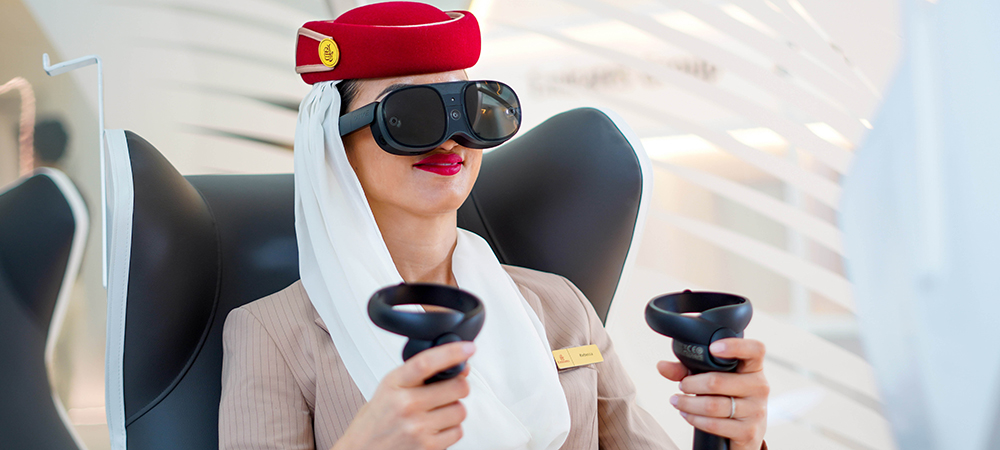
Emirates journey into XR
In May last year, Emirates Group embarked on futuristic, immersive digital journey to transform its employee experience, by collaborating with Amazon Web Services, AWS. The agreement covers the development of an immersive extended reality, iXR platform and capability for the Emirates Group’s cabin crew, new joiners, and industry partner community. 3D virtual hubs, virtual training, gamified environments, simulated experiences are part of the scope of work.
iXR uses AWS spatial computing and artificial intelligence, and delivers photorealistic experiences. For employees, the iXR experiences will be available across wearables and hand-held devices, including tablets and mobiles, with a consistent, hi-fidelity experience, streamed from the cloud.
In the first phase, iXR will have three distinct capabilities – a collaborative hub and social space; cabin crew training; and employee onboarding. The Emirates Virtual Hub will welcome employees to engaging and interactive brand experiences.
iXR offers 3D interactive experience for the airline’s cabin crew. The crew is transported into virtual classrooms, where they engage with and learn from seasoned facilitators and peers, and navigate the interiors of the airline’s flagship A380s and Boeing 777s. The environment features cabin service trainers, photorealistic avatars, spatial audio for a sensory experience.
iXR will help cabin crew interact and familiarise themselves with the platform in an interactive, high-fidelity 3D environment which they can explore at their convenience, leading to greater knowledge transfer and employee satisfaction.
The hyperreal virtual world helps new recruits to learn quickly and visually more about the organisation and its extensive business, the people and its culture, their own roles, and living in Dubai. It also helps in the onboarding experience.
iXR, establishes Emirates as the first airline with an embedded extended reality platform connected to its operations. iXR uses advanced technologies including Epic Games’ Unreal Engine, offering developers reliable real-time capabilities on AWS’ cloud. The Emirates Group continues to engage with industry partners on its Web3 strategy, and recruit talent for projects in its pipeline.
Click below to share this article
